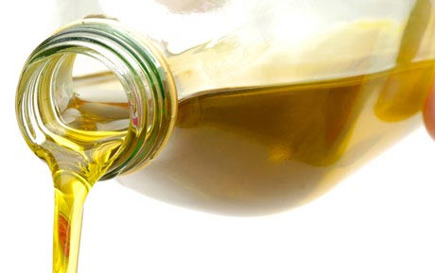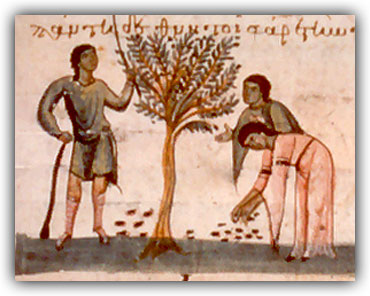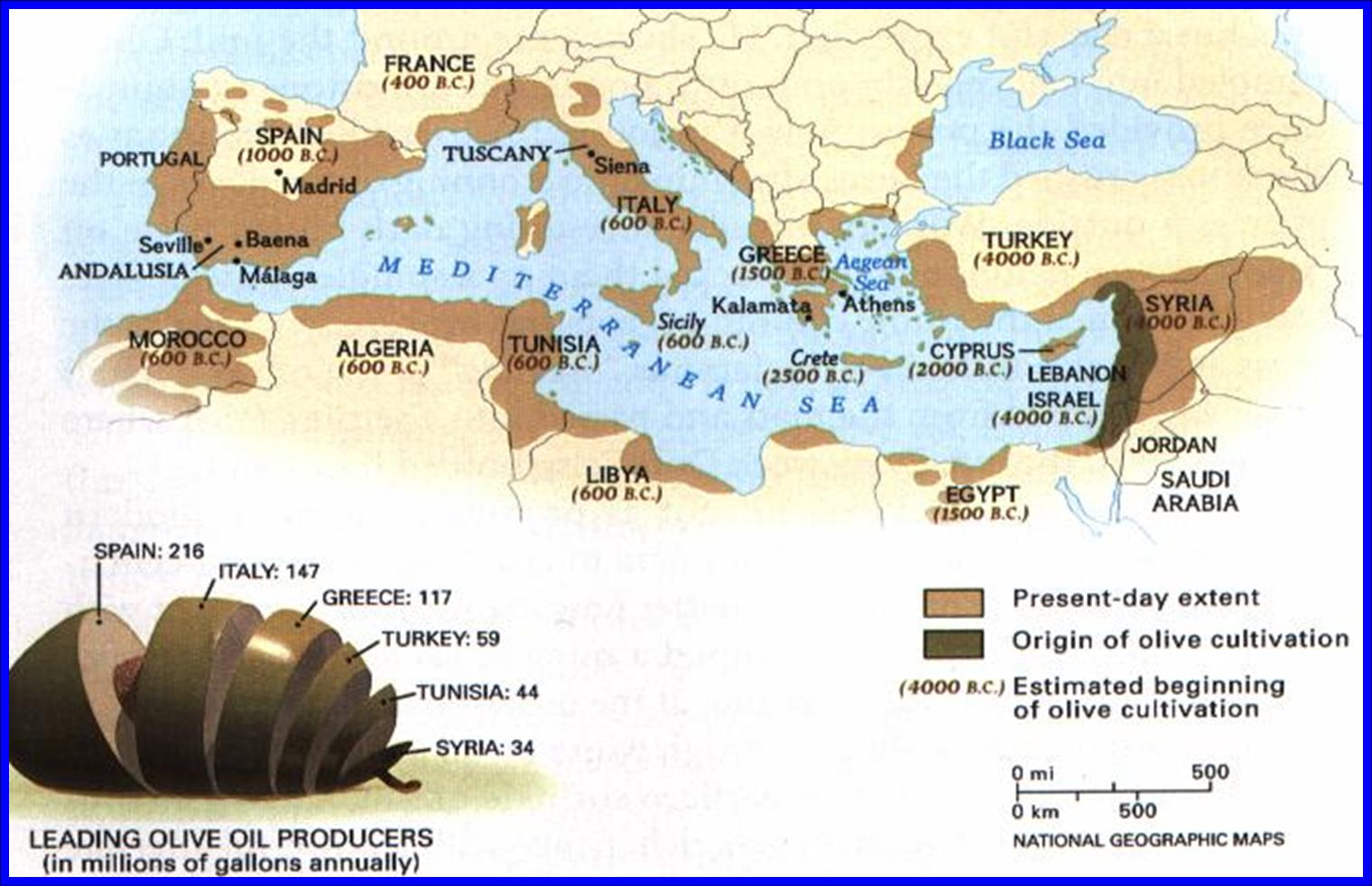The Cypriot extra virgin olive oil is produced by processing the local Cypriot variety of olives.
Name - Origin
The Cypriot olive oil is produced from processing the local Cypriot variety of olives
Method of production: The olives are collected either by hand or mechanically. The best time to harvest is when the olives are about two-thirds black. After harvesting, the fruit is transported within 1 or 2 days in shallow plastic containers to the mills where it is processed. Cypriot olive oil is usually consumed 3 months after production. When stored in ideal conditions it has a shelf life of at least 12-18 months.
Functional and symbolic role
Olive oil is used in appetisers, salads, as a spread on bread, in frying, to marinate meat, with legumes and others. It is the main oil used in the preparation of traditional dishes and desserts.
Additional information and bibliography
The main olive-growing areas are scattered throughout Cyprus at an altitude of up to about 700 metres.
Archaeological excavations have brought to light olive pits in settlements of the Neolithic Era and remains of an ancient stone olive press, belonging to the late Bronze Age and the Hellenistic period. There are countless indications that olive oil was being exported since ancient times. The olive tree and its products had many uses in Cypriot households: as part of the diet, in religious rituals, etc. The word 'ελιά (eliá)' (olive) has been used to name many places (villages etc) which proves how valuable olives are for the island.
Ministry of Agriculture, Natural Resources and Environment, Department of Agriculture (2010).Γαστρονομικός χάρτης της Κύπρου, Nicosia, Press and Information Office 379.
Stalo Lazarou



